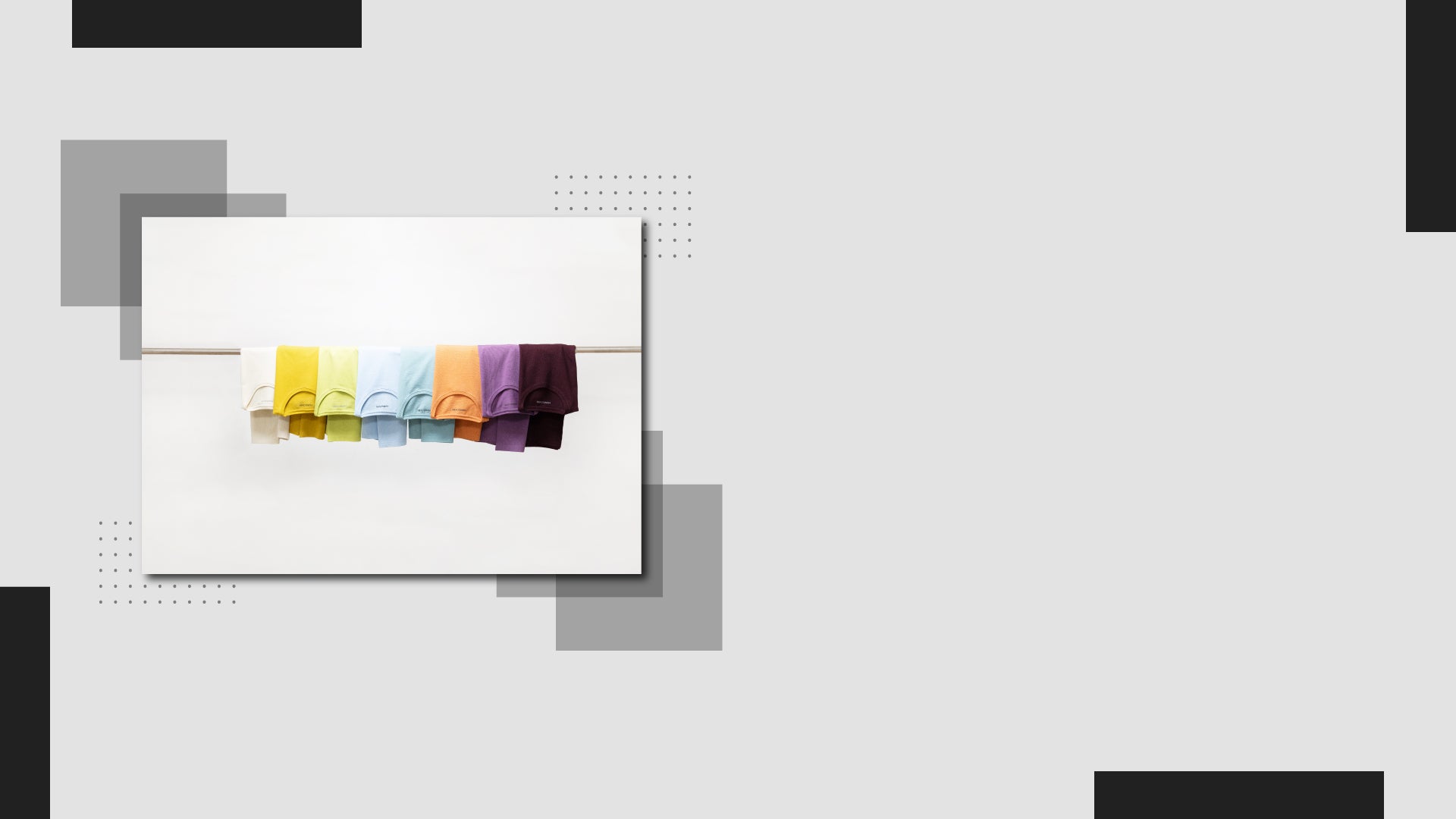The Best Places to Sell Art in 2025: Full Platform Guide
July 25, 2025 | by deven.khatri@gmail.com
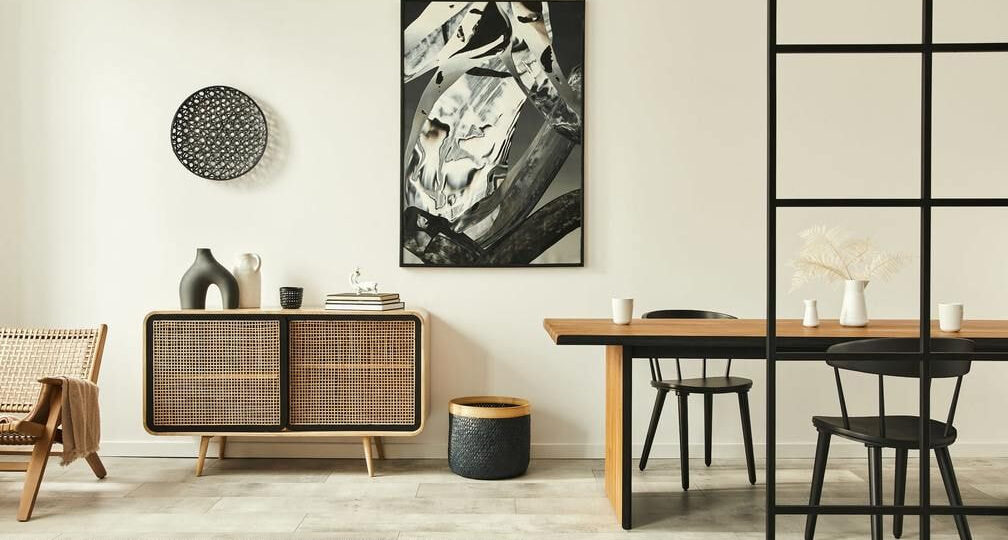
Saatchi Art
Established in 2006, Saatchi Art offers over 1 million listings from 90,000 creators, becoming a leading destination for art enthusiasts and collectors.
Main features
With millions of monthly visitors, the platform is a top destination for selling art. It connects artists directly with customers, offering everything from paintings and prints to mixed media and digital works across diverse styles and genres.
Costs
Saatchi Art takes a 40% commission on sales—lower than traditional galleries’ typical 50% cut. This allows creatives to keep a larger share of their earnings while still reaching a global audience.
Success story: Sandy Dooley, a London painter, says that Saatchi Art “opened doors” to a massive audience of art lovers, enabling new sales and growth.
Amazon Handmade
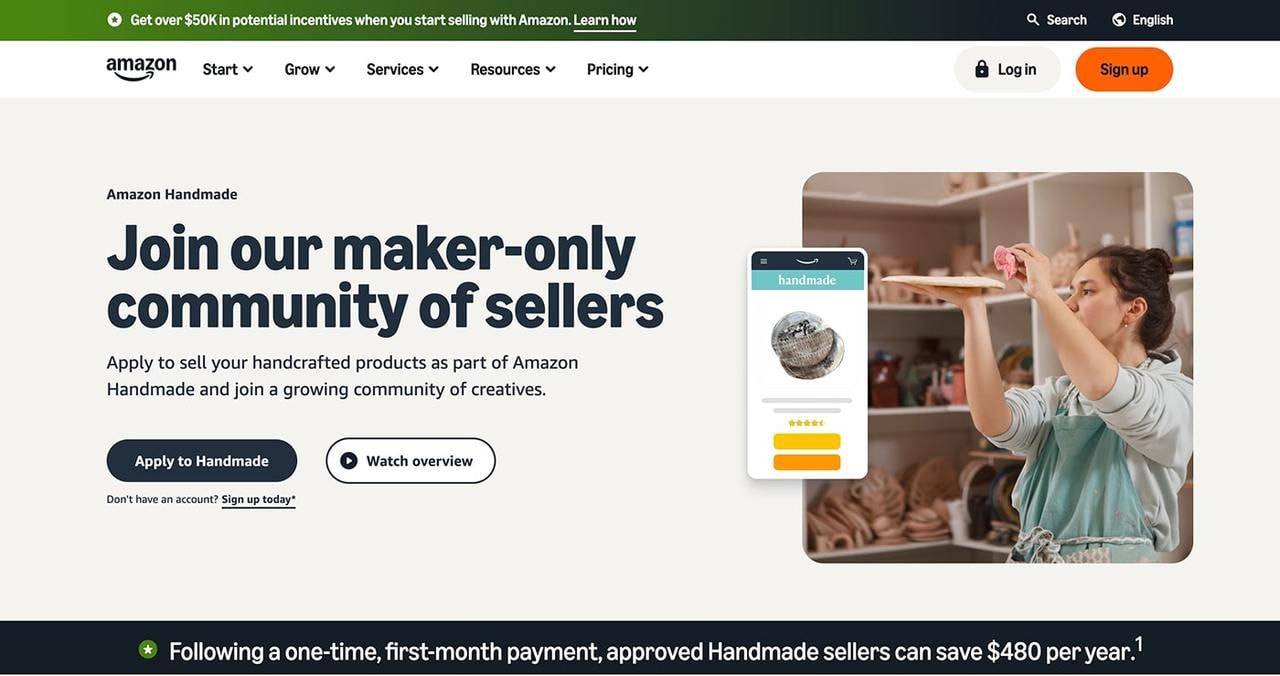
Source: Amazon Handmade
Amazon Handmade provides a marketplace for selling handcrafted goods, including art, on the world’s largest ecommerce platform. This dedicated section of Amazon’s website is specifically for online sellers of homemade art.
Main features
Sellers must apply and be approved to access Amazon Handmade’s major customer base. The platform reviews each application to ensure that products are original, high-quality, and meet its handmade standards.
Costs
Amazon Handmade charges a flat 15% referral fee per sale, with a $1 minimum. The simple, transparent fee structure means no hidden costs—just a clear cut taken from each transaction.
Want to learn more? Here’s how to sell art on Amazon.
eBay
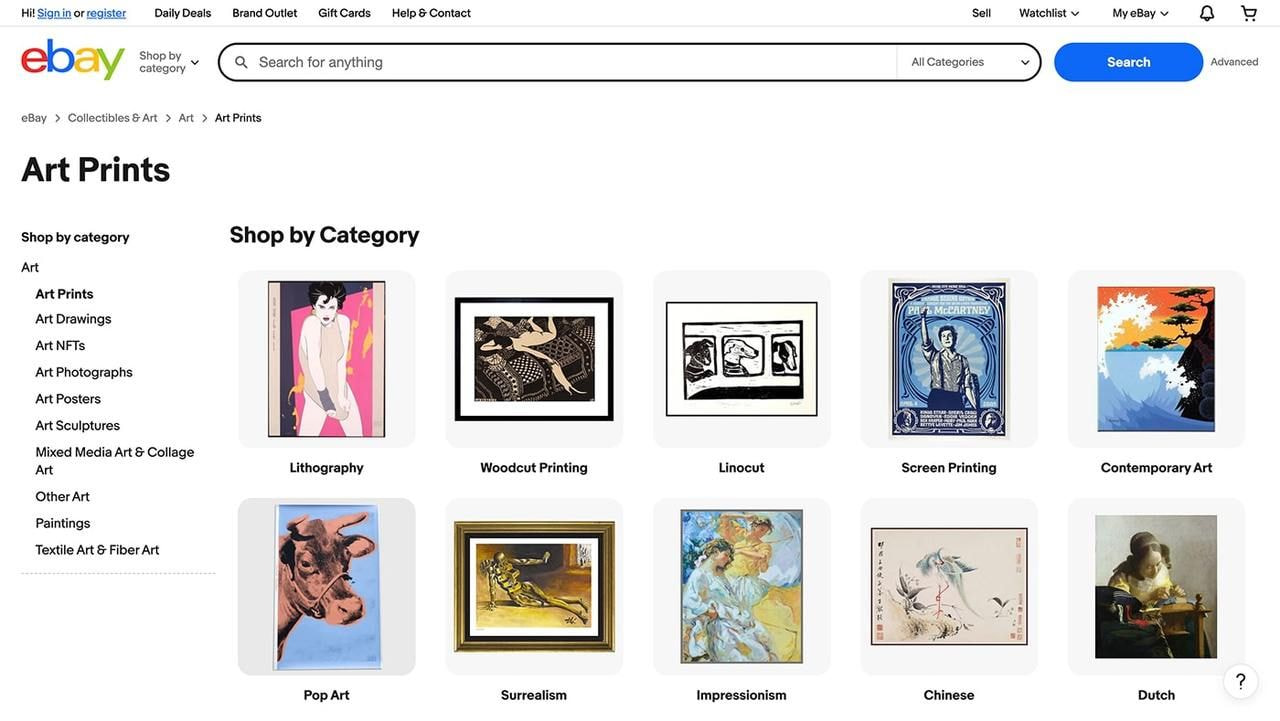
Source: eBay
eBay, one of the world’s largest online marketplaces, is a solid option for artists selling original work, prints, or even NFTs. With a seller account, you can list your art in dedicated categories and reach a global audience.
Main features
The platform includes a dedicated section called eBay Art, which features photographs, drawings, prints, paintings, sculptures, posters, and NFTs.
You can list your art as an auction with a minimum price or use Buy It Now to sell immediately. Auctions sometimes lead to higher prices, making eBay a good place to test demand and reach new buyers.
Costs
eBay charges a final value fee, which includes shipping costs. Final value fees vary per category, with art being charged 5% per sale. However, with its policy of zero insertion fee listings, the platform allows creators to list up to 250 items a month without any additional costs.
For more insight, check our in-depth blogs on how to sell art on eBay and how to increase eBay sales.
Artfinder
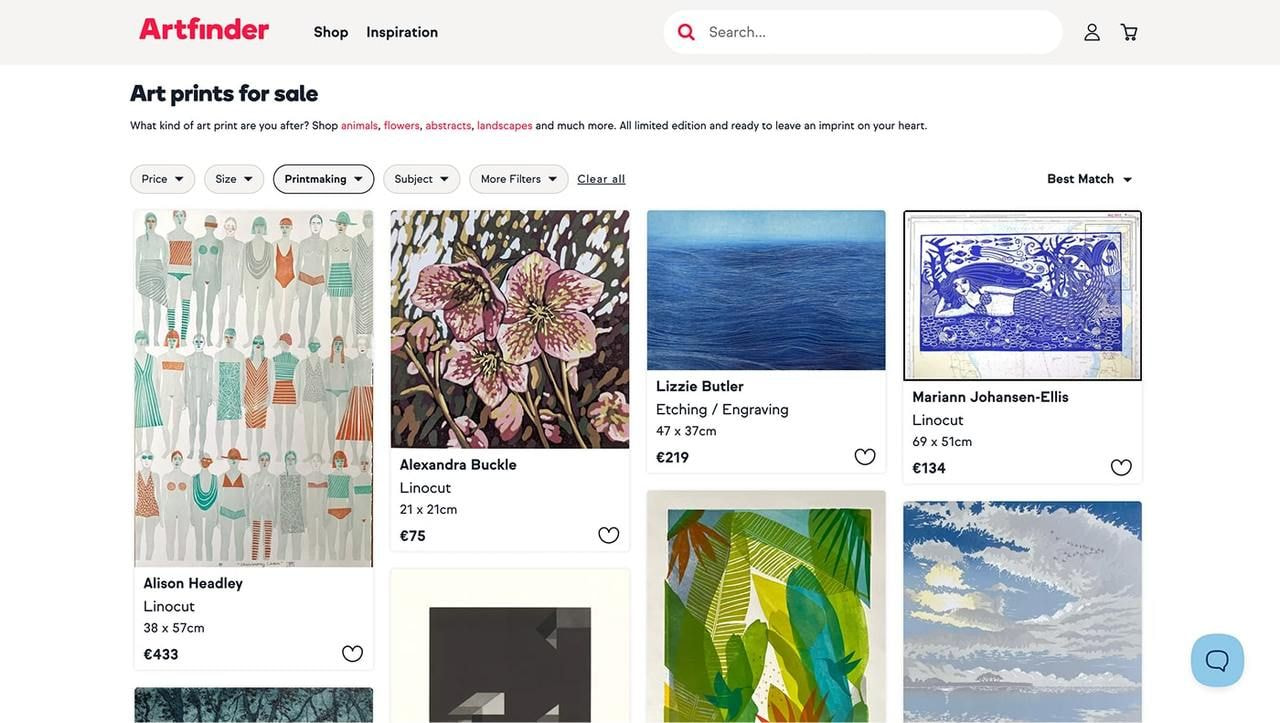
Source: Artfinder
Artfinder is a curated online marketplace that connects independent creators with collectors looking to buy art directly.
Main features
Artfinder is perfect if you’re a painter, photographer, or other creator and want to sell your art in a personal and professional setting. Each shop is carefully reviewed before being accepted, ensuring a high-quality community of creatives.
The platform focuses on original pieces—no prints or mass-produced items—making it a strong fit for those offering one-of-a-kind artwork from their studio. It’s also a great place to discover how other artists present and price their work in today’s market.
Costs
To join, artists must apply and be approved. Once accepted, Artfinder offers three plans:
-
Starter plan—free with a 45% commission and allows up to 30 artworks
-
Standard plan—$5/month with a 40% commission and unlimited listings
-
Professional plan—$12/month with a 40% commission and unlimited listings
Ecommerce platforms
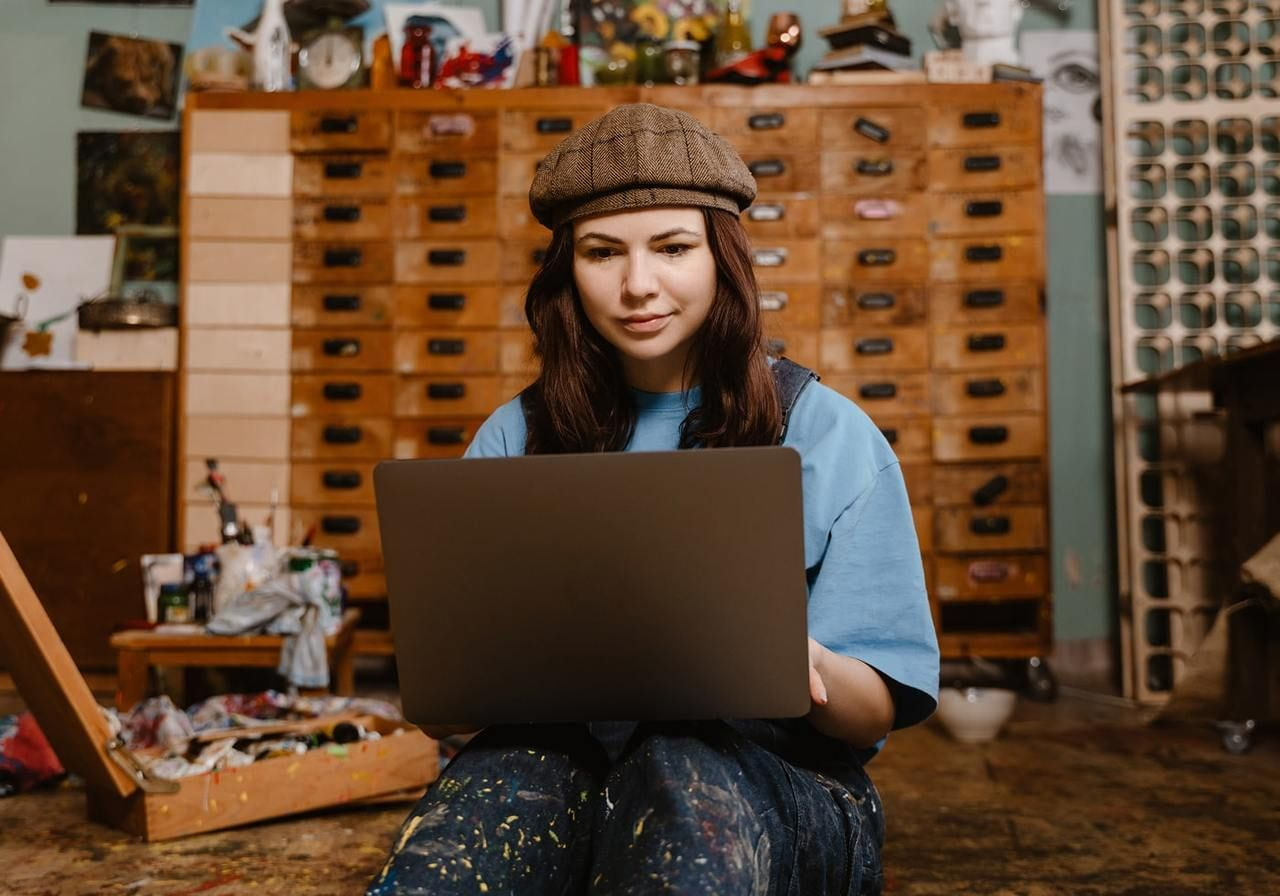
Shopify
Shopify is an ecommerce platform that provides artists with all the tools necessary to build their own online store—from website design and product listings to payment processing, marketing tools, and order management.
Main features
Customize your store with templates, social media integrations, and apps that expand its features. Shopify’s built-in analytics help you track performance and grow your business.
Read more:
Costs
Shopify plans start at $29/month, with additional transaction fees if you don’t use Shopify Payments. While it costs more than other platforms, it gives you more control, flexibility, and professional growth tools.
Success story: Jamie Koala Art & Design sells her art and jewelry via Shopify since 2009, reaching a global audience through a fully integrated online store.
Wix
Wix is a flexible website builder that lets you create a custom online shop to showcase and sell your art without coding skills.
Main features
With drag-and-drop design tools, built-in ecommerce features, and beautiful templates, Wix is ideal for artists looking to launch a professional site. Upload original art, set pricing, run promotions, and add galleries to highlight new collections or behind-the-scenes content from your studio. Wix also offers SEO tools and marketing integrations to help drive customers to your shop.
Costs
Wix offers four paid plans suitable for selling art online:
Woocommerce
WooCommerce is a powerful WordPress plugin that turns your website into an ecommerce shop, giving you full control over how you sell your art online.
Main features
WooCommerce is ideal for artists familiar with WordPress. You can customize every part of your store—from listings and design to inventory, payments, and promotions.
It supports print collections, digital downloads, and original pieces, along with built-in tools to manage sales, marketing, and analytics.
Costs
WooCommerce is free, but you may need to pay for hosting, premium themes, or additional plugins. There are no platform fees, so you keep all your profits, making it a smart option for artists who want maximum control over their store and earnings.
Art-specific platforms
Getty Images
Getty Images is a top platform for licensing and selling digital art and photography, widely used by brands, publishers, and marketers.
Main features
If you’re a photographer, illustrator, or digital creator, Getty Images offers a professional way to sell your art through licensing. You upload high-quality images or digital files and earn royalties every time someone makes a purchase.
It’s best for artists focused on commercial use, not individual collectors.
Costs
You must apply and be approved to join Getty’s contributor program. Payouts vary based on licensing terms and exclusivity, but artists earn a percentage of every purchase. It’s a smart option if you want to monetize your work at scale and reach global buyers.
Singulart
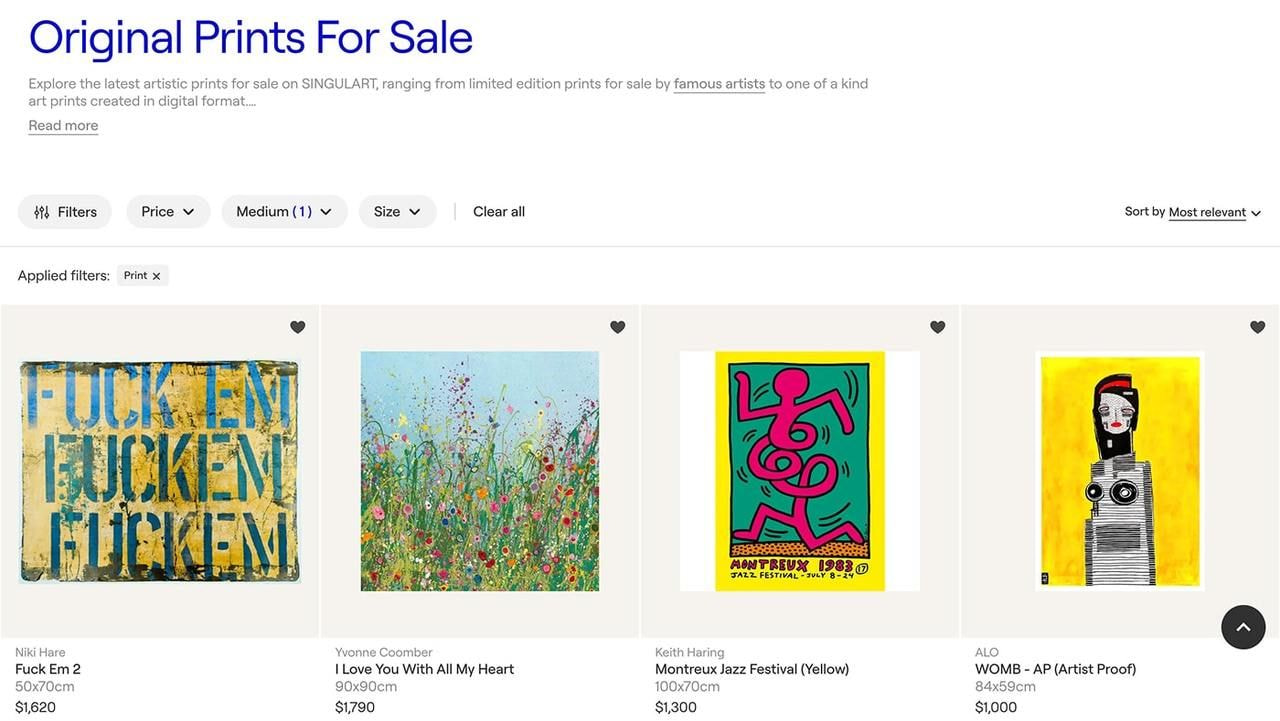
Source: Singulart
Singulart is a curated web gallery where collectors buy art from established and emerging creators worldwide.
Main features
Singulart focuses on high-quality, original art, ideal for selling paintings or large-scale pieces. Each artist gets a personal profile to showcase their work, pricing, and story. The platform attracts serious collectors, international galleries, and buyers seeking contemporary art.
Costs
To join, you must apply and be reviewed by Singulart’s curatorial team. The platform takes a commission on each purchase, but handles logistics, shipping, and client communication. It’s a strong choice for anyone looking to position their work in a premium online market and explore new career growth ideas.
ArtPal
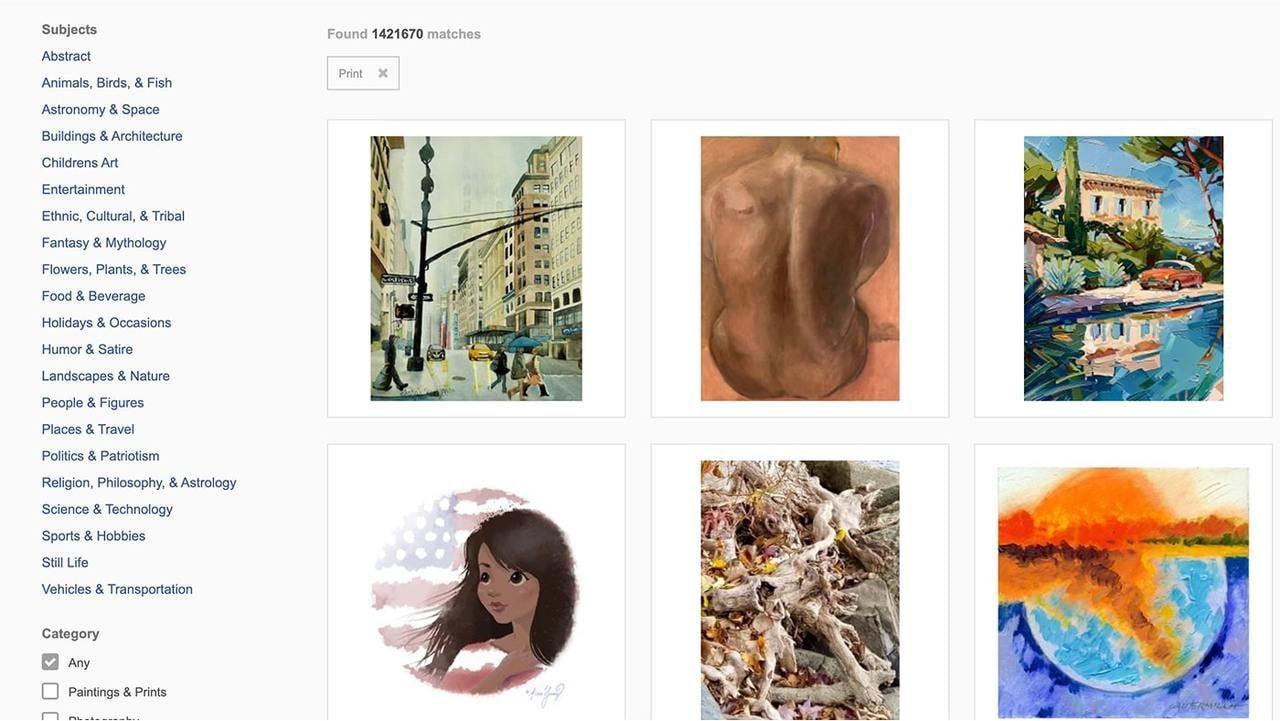
Source: ArtPal
ArtPal is a popular US-based online marketplace founded in 2011, which connects 300K+ artists with art enthusiasts and collectors worldwide.
Main features
The platform features a diverse artwork gallery, including paintings, ceramics, sculptures, photography, and jewelry. Artists sell original work directly to buyers, which makes ArtPal a strong platform for gaining exposure and building a portfolio.
The platform includes artist profiles, galleries, and a secure checkout system, making the buying and selling experience smooth for both sides.
Costs
ArtPal offers a completely free platform for artists to sell their art, with no membership fees or commission charges.
Society6
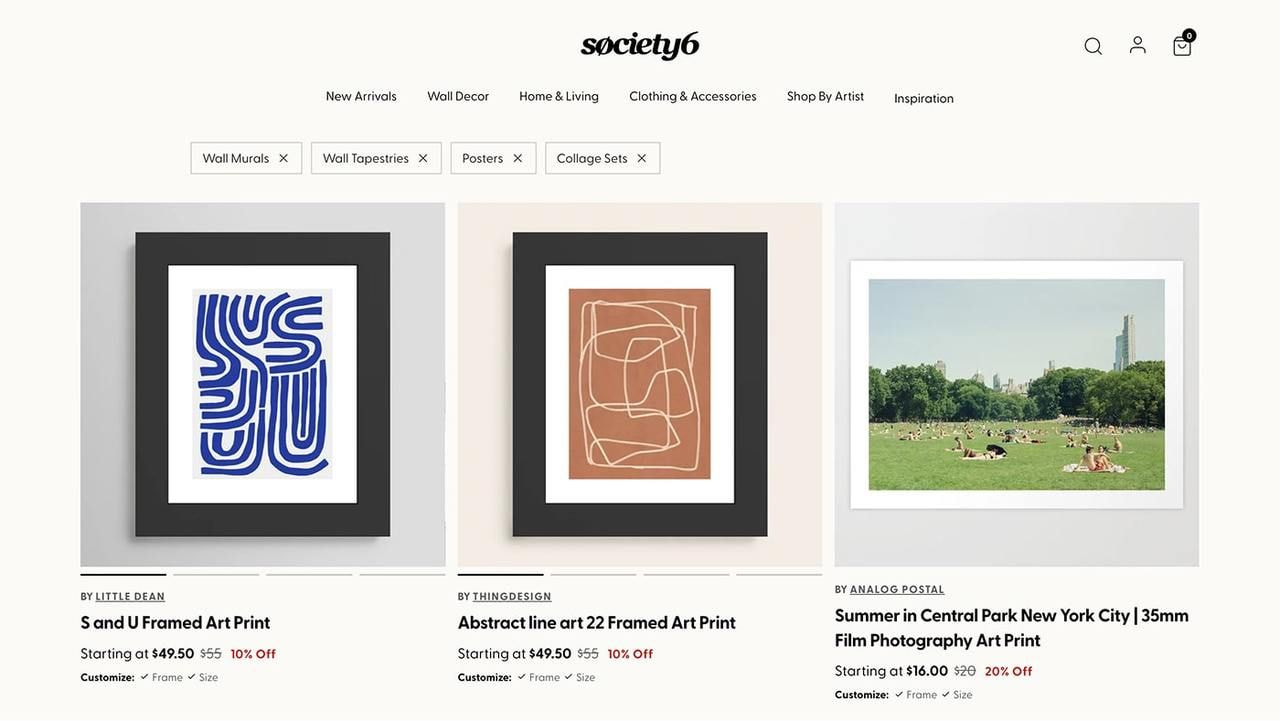
Source: Society6
Society6 is an American online marketplace and a print-on-demand service that allows artists to sell prints of their work on various products, including posters, phone cases, pillows, and mugs.
Main features
Artists on Society6 set their own profit margins for art prints, framed prints, and canvases, allowing them to earn more based on their custom markup. Artists earn a standard 10% commission per sale for all other products.
The platform’s extensive reach and product variety make it a popular place to sell art online, but artists must actively promote their work to stand out.
Costs
Society6 offers a user-friendly solution with no monthly fees. Prices on the marketplace are determined by the base price (set by Society6) + the markup (set by the artist). Artists typically make a 10% commission on sales, but they can increase their revenue by setting higher markups for specific items and participating in the platform’s affiliate program.
Although the commission structure might not be the most lucrative compared to other platforms, Society6 offers a straightforward way to get your art in front of a broad audience.
Read more: Comparing Artist’s Profit on Society6 vs. Printful
Other options
Instagram is an artist-favorite platform to exhibit and sell artwork, thanks to its visually oriented interface and extensive user base.
Selling through a basic Instagram Shop—where you tag and link products—is completely free. However, if you enable Instagram Checkout (in-app purchases), Instagram applies a 5% selling fee per shipment (or a flat $0.40 fee for orders of $8 or less).
Read more: Selling on Instagram vs. Etsy: What’s Right for You in 2025?
With unique visual search engine capabilities, Pinterest is an excellent platform for artists to showcase and sell their work at no cost.
Selling on Pinterest is 100% free—you won’t pay any fees to set up a business account, list products, or have users shop your Pins.
The only costs come if you choose to advertise. Pinterest’s ad model is auction-based, meaning you set your own budget and typically pay $0.00–$0.20 per click, or around $2–$5 per 1,000 impressions.
Tip: Check out our ultimate Pinterest marketing guide to learn how to promote your brand.
Fair markets
Fair markets and local art events are valuable spaces to connect with clients and introduce your art to new audiences offline.
These in-person venues allow you to meet customers face-to-face, share the stories behind your work, and build lasting relationships. Many customers prefer to see and feel the print or canvas before they buy art. These markets also allow you to learn from other artists, explore ideas, and test new pricing strategies.
Your own website

Building your own website lets you own every part of selling your art and presenting your brand online.
Main features
With a personal site, you can showcase original works, offer prints, and even introduce new product lines. It’s a great space to tell your story, feature testimonials, and build a direct connection with buyers. Unlike marketplaces, your website puts you in charge of design, pricing, and promotions—ideal for long-term growth and creating your brand.
Costs
Website builders like Wix or Squarespace offer affordable options with ecommerce tools. You’ll pay for hosting and a domain, but keep 100% of every sale. It’s the move for artists serious about running their business on their terms.
RELATED POSTS
View all

